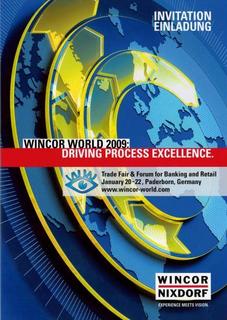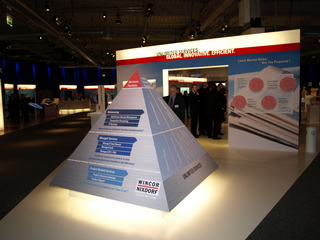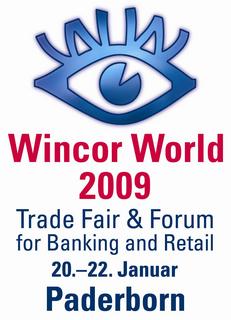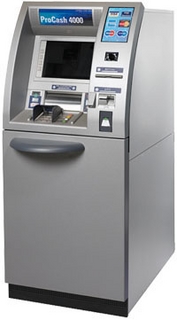Estonian officials announced plans last week to move the nation to electronic voting in time for the country's 2003 general election.
Published:
5 April 2001 y., Thursday
The shift is expected to boost voter participation among the young in a country that has voraciously adopted internet technology and mobile communications.
Despite a per capita GDP of only $3,778, between 21% and 40% of the population is online. Half of all secondary schools in the country are now wired to the internet. 95% of Estonian public employees have a computerized workplace. At home, 19% of the population owns a computer, with approximately 53% of them internet-connected.
As is true throughout emerging internet markets, the internet is used heavily by young Estonians. According to surveys by BMF Gallup Media, more than half of teens in the country (15 to 19 years old) surf the web. For most Estonians, work is the primary place of access: 74% of the population reports using the internet during the workday, and only 9% report use it during the weekend.
Estonian governmental policies have stimulated internet adoption and the diffusion of information technology throughout the country. In February 2000, the Estonian parliament approved a proposal to guarantee internet access as a nationwide constitutional right. The government has also established free internet access centers (located along the country's major highways) to ensure equitable access to the technology. It has also initiated the innovative "Tiger Leap" program which ensures that every Estonian school is wired to the Internet.
Virtually the entire country has mobile phone coverage, with three operators providing GSM services. Today about 29 percent of the population uses GSM services. Estonian mobile operators have been among the first in the world to introduce WAP services to their customers.
The country has a high mobile phone penetration rate for the Baltic region. According to Estonian Telecom, 36.8% of the population subscribes to mobile phone service, a substantial increase from 24.9% in 1999. As handsets that allow internet connections are purchased by Estonians, the number of people accessing the internet through their mobile phone will soar.
Šaltinis:
emarketer.com
Copying, publishing, announcing any information from the News.lt portal without written permission of News.lt editorial office is prohibited.
The most popular articles
Software company announced new structure_ of it_s business.
more »
 Wincor Nixdorf supports banks in networking their delivery channels and enables new customer services by continuously developing its ProClassic/Enterprise Retail Banking Solution Suite.
more »
Wincor Nixdorf supports banks in networking their delivery channels and enables new customer services by continuously developing its ProClassic/Enterprise Retail Banking Solution Suite.
more »
 From the opening of new branches to their operation and modernization – Wincor Nixdorf presents its end-to-end offer for a branch’s entire lifecycle and shows what state-of-the-art branch design can look like.
more »
From the opening of new branches to their operation and modernization – Wincor Nixdorf presents its end-to-end offer for a branch’s entire lifecycle and shows what state-of-the-art branch design can look like.
more »
 Visa will hold its first one-day Key Management Training series in conjunction with ATMIA.
more »
Visa will hold its first one-day Key Management Training series in conjunction with ATMIA.
more »
 The United States is at the center of many conversations in Europe these days.
more »
The United States is at the center of many conversations in Europe these days.
more »
 Wincor Nixdorf is moving toward the new European standard EPAS (Electronic Protocols Application Software), which is now available as part of the introduction of SEPA for integrating cashless payment solutions in checkouts.
more »
Wincor Nixdorf is moving toward the new European standard EPAS (Electronic Protocols Application Software), which is now available as part of the introduction of SEPA for integrating cashless payment solutions in checkouts.
more »
 Wincor Nixdorf expands Professional Services portfolio.
more »
Wincor Nixdorf expands Professional Services portfolio.
more »
 Over the years, Wincor World has developed into a premier branch event. It is an important communications forum for the 40 partner companies participating in the event and provides an ideal platform for exhibiting more than 600 IT solutions and services.
more »
Over the years, Wincor World has developed into a premier branch event. It is an important communications forum for the 40 partner companies participating in the event and provides an ideal platform for exhibiting more than 600 IT solutions and services.
more »
 Three-tier concept for more security.
more »
Three-tier concept for more security.
more »
 The transfer and processing of transactions with debit and credit cards generates a high administration overhead for financial institutes and retail companies alike, and also requires a suitable IT infrastructure.
more »
The transfer and processing of transactions with debit and credit cards generates a high administration overhead for financial institutes and retail companies alike, and also requires a suitable IT infrastructure.
more »
 International Education Assessment Leaders PISA and TIMSS Endorse Project, Plan to Incorporate Key Findings into Next Versions of International Benchmarks
more »
International Education Assessment Leaders PISA and TIMSS Endorse Project, Plan to Incorporate Key Findings into Next Versions of International Benchmarks
more »